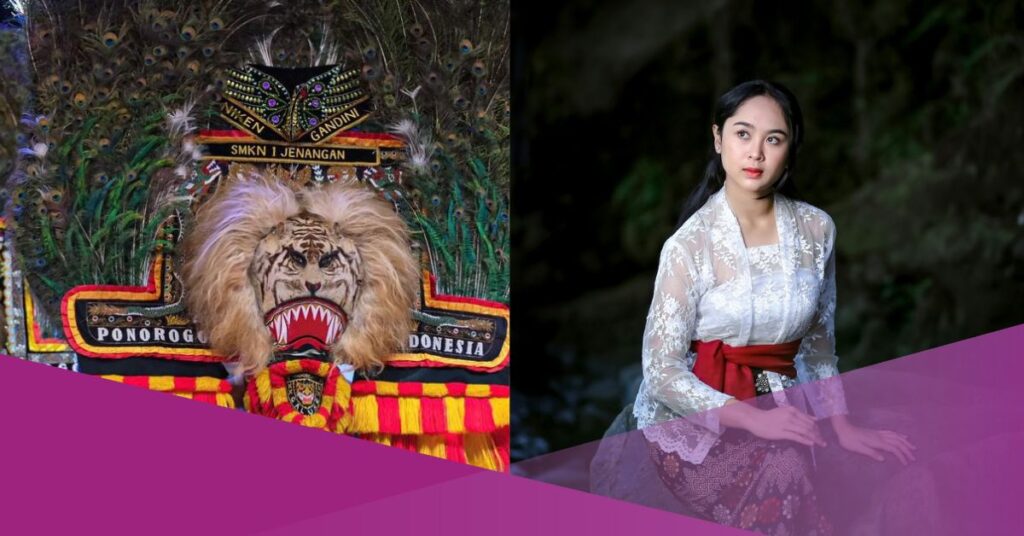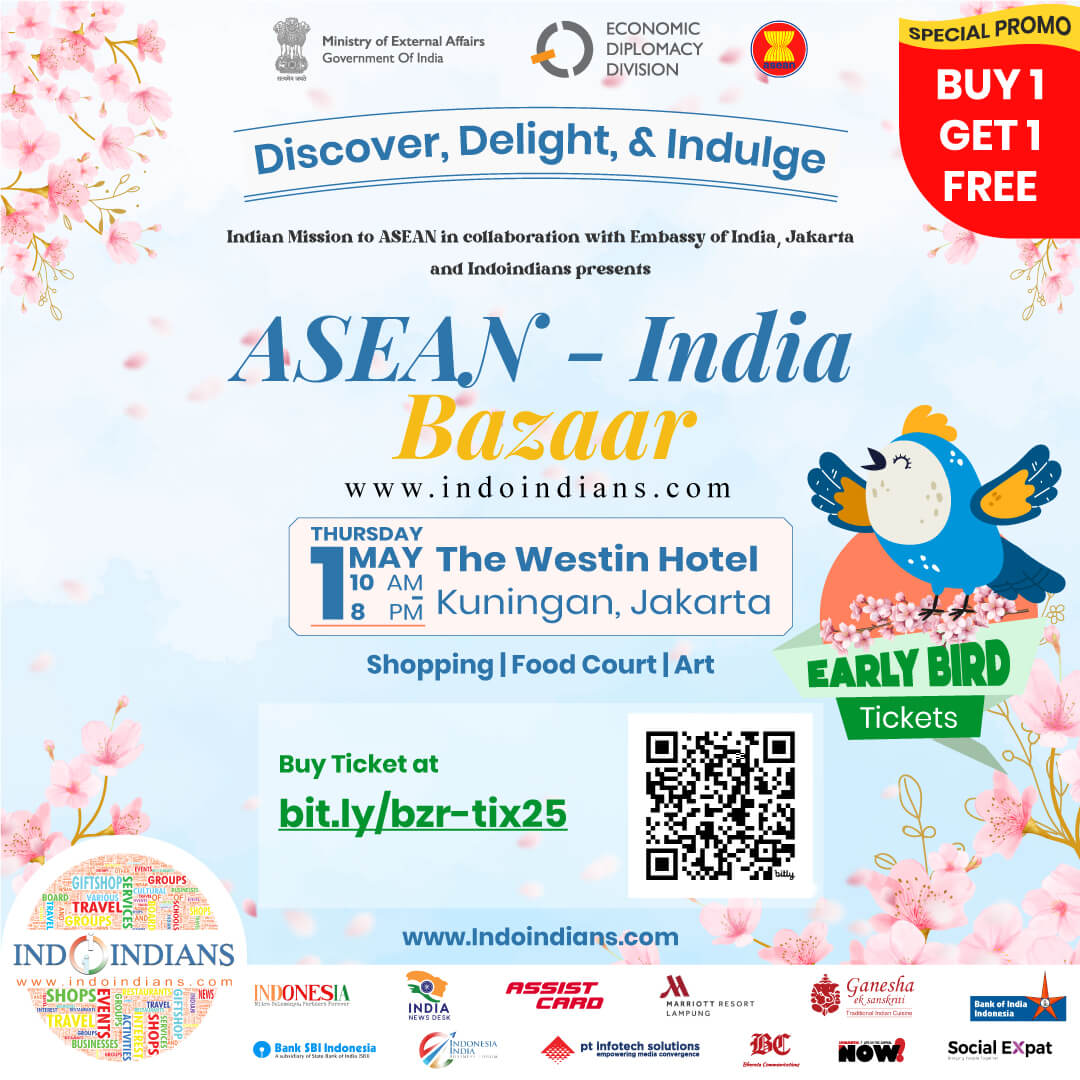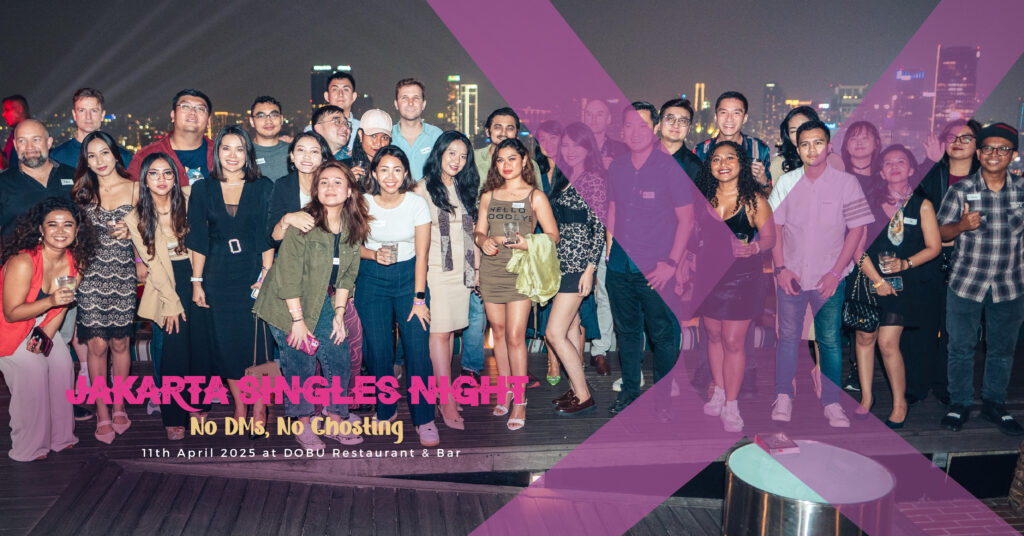The Indonesian government, through the Coordinating Ministry for Human Development and Culture (Kemenko PMK), is proposing that the Reog arts from Ponorogo, Kolintang, and Kebaya become UNESCO cultural heritage.
When many people talk about Indonesia’s cultural wealth, there are undoubtedly many that can be mentioned. Indonesia has a diverse cultural heritage that is rich in history.
This time, the government is proposing Indonesia’s cultural heritage again, which will add to the list of wealth formalized by UNESCO.
“There are three cultural heritages proposed by Indonesia and have been discussed in 2024. Currently, we are still waiting for UNESCO’s decision. First, Reog Ponorogo, second Kolintang, this is a joint submission with musical instruments from Africa, then third, kebaya,” said Assistant Deputy for Cultural Advancement and Preservation of the Coordinating Ministry for PMK, Andre Notohamijoyo.
He said that kebaya was submitted together or joint nomination with four other countries namely Malaysia, Singapore, Brunei Darussalam and Thailand.
Behind the three new proposals, many Indonesian cultural heritages have been designated by UNESCO.
In addition to these hundreds of proposals, there are many heritages that have been recognized by UNESCO. Here are 13 cultural heritage in Indonesia that UNESCO has recognized.
1.Wayang Performance (2008)
Wayang performance is the art of staging traditional stories using puppets and the manipulation of a translucent screen.
2. Keris (2008)
Keris, a traditional sharp weapon, originated on the island of Java and spread to various parts of Indonesia.
3. Batik (2009)
Batik, a cloth painted with night using canting, is a cultural treasure of Indonesia that is famous to foreign countries.
4. Batik Education and Training (2009)
UNESCO recognizes batik education and training in Pekalongan as part of the intangible cultural heritage.
5. Angklung (2010)
Angklung, a traditional musical instrument from West Java, is made of bamboo and played collectively to create distinctive harmonic melodies.
6. Tari Saman (2011)
Saman dance, a traditional Acehnese dance, is an artistic expression born in the Gayo highlands in the 17th century. It is performed on various important occasions, including the commemoration of the Prophet Muhammad’s birthday.
7. Noken (2012)
Noken, a traditional bag from Papua, is made of bark fiber and is often worn on the head. It is a unique symbol of Papuan culture.
8. Three Genres of Traditional Balinese Dance (2015)
The three genres of Balinese traditional dance are sacred, semi-sacred, and dances that can be enjoyed by the wider community. These dances show the beauty and diversity of dance in Bali.
9.Kapal Pinisi (2017)
The pinisi ship, a traditional sailing ship of the Bugis tribe of South Sulawesi, has existed since the 14th century and has played an important role in the history of seafaring in Indonesia.
10.Pencak Silat (2019)
Pencak Silat, a traditional martial art, originated in Sumatra and parts of Java. In addition to being a sport, it has mental, spiritual, and artistic aspects.
11. Pantun (2020)
Pantun, a traditional poem with a specific rhyme structure, has been an essential part of Indonesia’s oral heritage for centuries.
12. Gamelan (2021)
Gamelan, a traditional musical ensemble from Java, Sunda, and Bali, reflects the richness of Indonesian music with its distinctive instruments.
13. Jamu (2023)
In 2023, the latest Indonesian cultural heritage is jamu. Jamu Wellness Culture was designated a UNESCO Intangible Cultural Heritage on December 6, 2023, at the 18th Session in Kasane, Botswana.
These three latest cultural heritages will be the target of Indonesia’s achievements at UNESCO this year. UNESCO itself will hold a session around August or September 2024.
So, at this time, the status of the submission of Reog, Kolintang, and Kebaya is still waiting for the decision of the session.
































